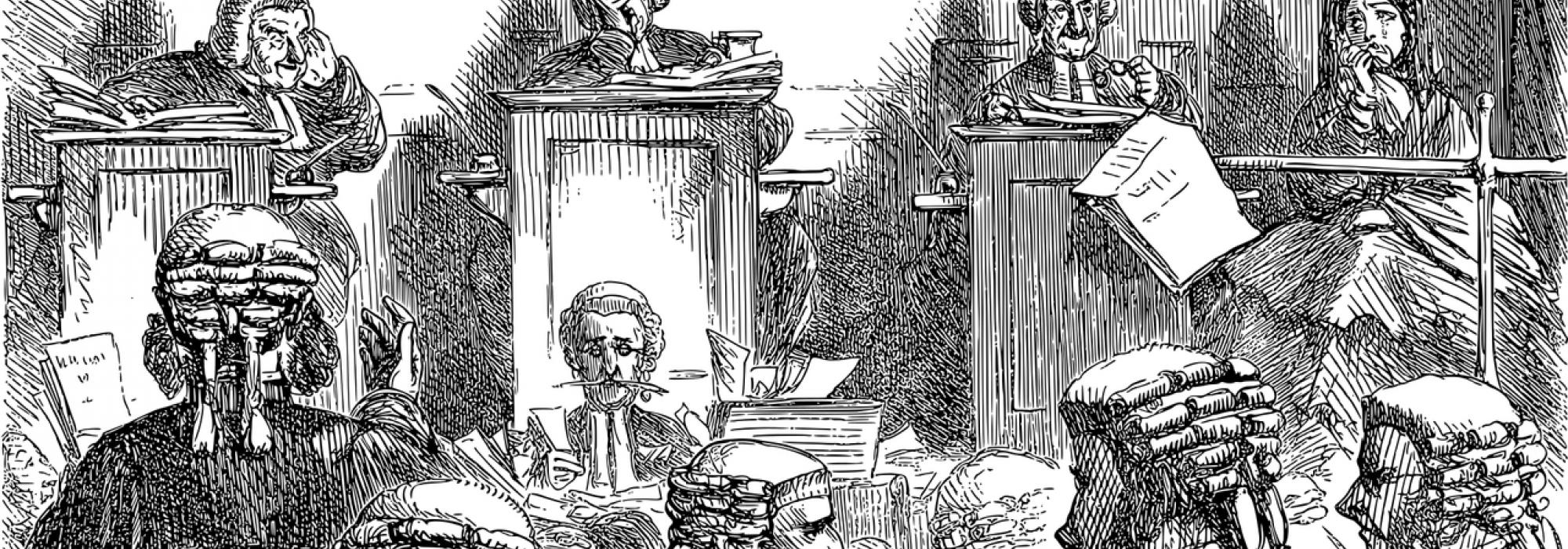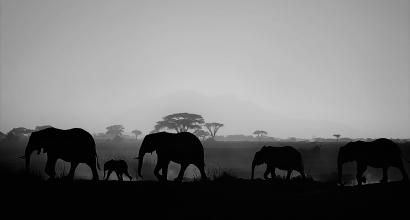Unity
Regarding the first point about unity, I think you all feel as I do, that further elaboration is not required. Our unity has been broken due to four main reasons:
1. Fighting among linguistic states: Maharashtra fights with Mysore; Kerala fights with Mysore: Punjab fights with Haryana.
2. Attempts on the part of each state to fight with the Centre.
3. In the setup of the central Government, states are fiercely competing with one another to garner as much central funds as possible.
4. In the name of religion and caste pride, there is now a marked tendency towards India splitting up.
None of this bodes well for the safety of India. Unless India stands as one unit, no region of the country will remain safe.
If China, Russia or Pakistan launches an attack against India, those foreign powers will not show any mercy on the feelings of any region or group here. Why will the invader show special treatment towards Andhra or Kerala or Punjab or Bengal? Why will he regard one state as superior over the other? He will occupy the region that he finds most convenient or easy to capture. From there, he will systematically conquer other regions. What happens to Bengal today will happen to Uttar Pradesh tomorrow. Day after, it will occur in Mysore, too. If this danger hits even one part of India, it means it has hit all of India. National security is a philosophy. For that reason, national unity is also a philosophy.
An Attitude of Contentment should Grow
Strife is embedded in human nature. Wisdom lies in reconciliation. It is always advisable for both parties to accept the verdict of the court given in a non-prejudicial spirit. Our people have lost this mentality of peace and contentment. Violent fights, bludgeoning each other, arson—this has become all-pervasive. We agree upon patience, we desire contentment. What is our duty? We need to contemplate this.
We must abide by truth, we must behave courteously. We must forgo anger and examine the possibilities of any problem. It is always preferable to discard impatience while looking into any issue. Our truth must be fearless. In the same way, our quest for truth must be imbued with patience. Our inquiry must be bereft of biases.
Mahatma Gandhi said, “Satyam Vada” (speak the truth). However, our people are finding it difficult to follow it. The question is: why? The virtuous people have their reasons. Others have different reasons. It is always difficult to learn the truth. The world is full of strife. If a clash arises, it is not possible to say that the one party is hundred percent right or wrong. Therefore, it is natural for some difficulty to remain in making such decisions. However, let us tolerate that difficulty for the sake of everyone’s contentment. Let’s lose a bit. It’s really okay.
As regards the Mysore and Maharashtra dispute, this is my personal opinion: there is a deep bond dating back to hundreds of years between Mysore and Maharashtra. So what is the dispute? It is Belgaum. The Committee took a certain decision. But both Mysore and Maharashtra are in India. Where is the question of loss? Why should we disturb our minds? Is it good for brothers to fight with each other? In a family, we should forget petty differences and develop a feeling of magnanimity. While having meals, a couple of portions might fall short; instead of getting thick curd, we get diluted buttermilk. Is this reason enough to fight violently and go the Supreme Court?
Truth, Friendship, Coexistence
Truth should be accompanied by friendship. Friendship with the world, friendship with life are extremely important. If the Bhagavan had set out, like us, to deliver only hard justice, none of us would have remained happy for even a moment. It is only because he has given us an ex-gratia out of compassion and love that our life is happy. This attitude must exist among brothers, in the family, and in the country.
In a gathering, a music Vidwan began to sing the Tyagaraja kriti, “rāma nī samānamevaru.” Some people in the audience insisted that he sing a Kannada kriti. A minor commotion erupted. “Why? If someone doesn’t want the kriti, doesn’t another person have the right to ask what song he wants? Sure, but isn’t the person who doesn’t want that Kriti obstructing those who want the Kriti?”
This mindset does not augur well.
Our country must earn renown. There is much work to be done in this country. But to do all that work, we need to become strong and resourceful. For that, we must be united. Our people must remain in harmony. However, on the contrary, why are some people repeatedly attempting to break this harmony and creating the present situation of chaos?
The truth of strife is superficial truth—that is, what appears to our eyes as truth. The truth of the law is an invisible truth. Then, there is another invisible truth that is worthy of worship by all humanity: that is the truth of the Bhagavan. The Atman is all-pervasive. Atman resides in truth. There is this Atman inside every person. If it did not exist, no country or person would exist. No matter how many differences exist among regions and languages, we must set them all aside and recall only the elements that fuse us together.
Truth must also be accompanied by courtesy. Mere blunt truth does not suffice. There is a notion that the face of truth has eight crooks. In fact, truth is not blunt. The complete truth has a truly gentle face. It is also auspicious, protective. We must join together the visible truth, the invisible truth and the ultimate truth. Highly learned judges use the word “equity.” On several occasions, “justice tempered with mercy” becomes invaluable.
To be continued














































